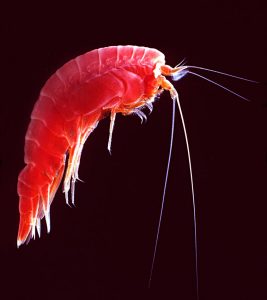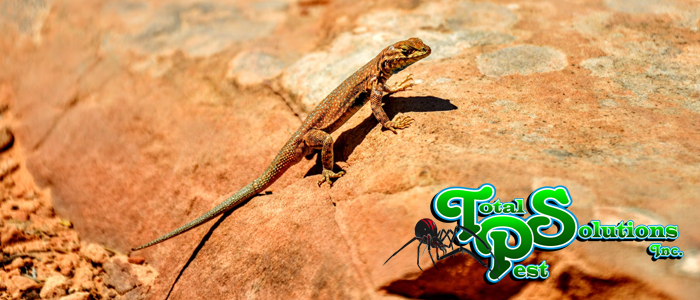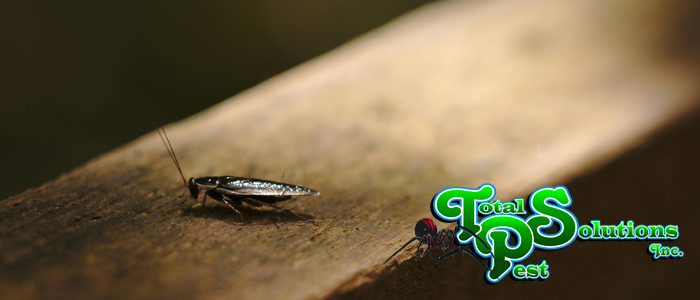
We are starting a new series on our website in order to educate homeowners to the best of our ability. The pest library will eventually contain entries for nearly every type of household pest imaginable. The entries will include a description of the pest, how they become pests to humans, how concerned homeowners should be, and how to get rid of them. While we hope you find the pest library useful, it is important to call experts to help remove pest. A pest control expert can positively identify particular creatures and establish a safe and effective means of removal.
What Does An Amphipod Look Like?
There is a wide variety of amphipods in the world, but fortunately they are all similar enough that they can be described and treated the same. Amphipods are very small, typically measuring a few millimeters in length. Nearly ever amphipod has a flat body, with large eyes on the side of their head. This combination lands the  amphipods somewhere between a shrimp and an alien in appearance. It is rare to find an amphipod by themselves, typically there will be huge groups of them.
amphipods somewhere between a shrimp and an alien in appearance. It is rare to find an amphipod by themselves, typically there will be huge groups of them.
How Do They Become Pests?
Typically, amphipods live in people’s yards, where they are not necessarily pests. They are actually crustaceans, not insects, so they do not bite. More than anything, they are a pest in the truest sense of word. A nuisance, but they carry no actual danger. In fact, most homeowners won’t even know they have amphipods until they see the “yard shrimp” jumping through the grass. The little crustaceans are so small that they often get mistaken for fleas when they are hopping about.
Amphipods need a specific amount of moisture to live. If they have too much or too little, they die fairly quickly. Any dramatic changes in moisture levels outside will drive amphipods inside seeking moisture or trying to get away from it. Due to their size, amphipods can get into nearly any crack or gap in a home. They are particularly drawn to humid spaces such as garages.
Water is what tends to attract amphipods to spaces. Overwatered lawns are their haven, so homeowners with sprinkler systems should be especially cautious. Their size makes it easy to hide. Rocks, mulch, and decaying vegetation are all favorite hiding spots for the amphipods. They have an unfortunate tendency to drown themselves in swimming pools and clog the filters.
How To Treat A Home For Amphipods
The key challenge in removing amphipods from a home is to identify them. As stated earlier, they are easily mistaken for fleas or other small jumping insects. There is no need to treat a home for fleas when they are not the issue. That wastes the homeowner’s money and the pest control expert’s time.
Luckily, amphipod treatments are largely non-chemical treatments. Essentially, treatment boils down to removing or drying out the amphipods’ hiding spaces. Raking mulch and leaves is a common treatment option. Above all, homeowners should remember that amphipods are not a health or safety risk.
continue reading
Related Posts
How to Get Rid of House Lizards Without Killing Them
What They Don’t Tell You About Gardening in Florida Florida






